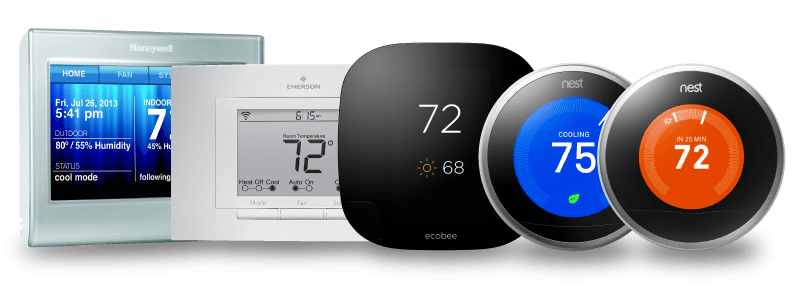Ever wondered what all those tariffs and charges and kilomajigs were for on your energy bill?
Well, wonder no more. We’ve put together this quick cheat sheet to help you learn your kilowatts from your kilojoules (hint: it has nothing to do with calories) so you’ve got your finger on the pulse for the next time it comes up at a dinner party (you guys do talk about energy prices at your dinner parties, right?).
Contracts
Standing Offer Contract: is the standard energy contract you enter into if you have not accepted any other contract from another retailer. Your state or territory government or the independent regulator sets the price for a standing offer contract, with the exception of New South Wales, South Australia and Victoria, where the retailer sets prices.
Market Contract: is a contract you can negotiate with the retailer to get the best deal for your energy. Since 2001, when the energy industry in Australia was deregulated, there’s been a huge influx in the number of energy providers available, enabling you to choose the price and service that best suits you.
Fixed Term Contract: is a type of market contract that contains a term usually specifying the date the contract will end or a method for calculating the date the contract will end.
Tariffs on your energy bill
A tariff refers to the price of energy under a particular contract, and includes two components: the fixed charge tariff and the variable charge tariff.
Fixed Charge: this is the standard charge for supplying the gas or electricity to your premises each day, regardless of how much energy you consume during the billing period.
Variable Charge: is the amount you’re charged for the energy you consume, It’s usually listed as cents per kilowatt hour (c/kWh) for electricity, and cents per megajoule (c/MJ) for gas. Note that the unit of measure for gas and electricity differ. A kilowatt is equal to 1000 watts, while a meagajoule is equal to a million joules.
Within the variable charge, there are also a range of tariffs that can be included as part of your bill that you need to pay close attention to if you’re negotiating a market contract with a new retailer. They include:
Single Rate Tariff: is just how it sounds – the single rate you are charged for the electricity you use, regardless of the time of day it is consumed. They’re also the most common type of tariff.
Block Tariff: is basically a cap that splits your energy use into different tariff blocks, with each block charged at a different rate. The first block – 0 to 1500 kilowatt hours (kWh) of electricity, for instance – is charged at one rate, while the second block – 1500 to 3000 kWh – has a different rate.
Time of Use Tariff: certain market contracts will bill you based on the time of day your energy is consumed, with each period attracting a different rate. There are usually two or three different price periods: peak, off-peak and shoulder. Peak is the most expensive period and off-peak is the cheapest, and the shoulder period is the middle ground.
Fees on your energy bill
Exit fees: if you decide to switch suppliers, you may be charged an exit fee for terminating the contract before the term of the contract has expired, however this typically only applies to market retail contracts, so check first with your current provider.
By signing up to Bulk Energy, you don’t have to worry about tariffs or charges or kilowatts, because we do the negotiating for you. All you have to do is sit back and enjoy knowing you’ve got the best energy deal around. So join the movement today!








